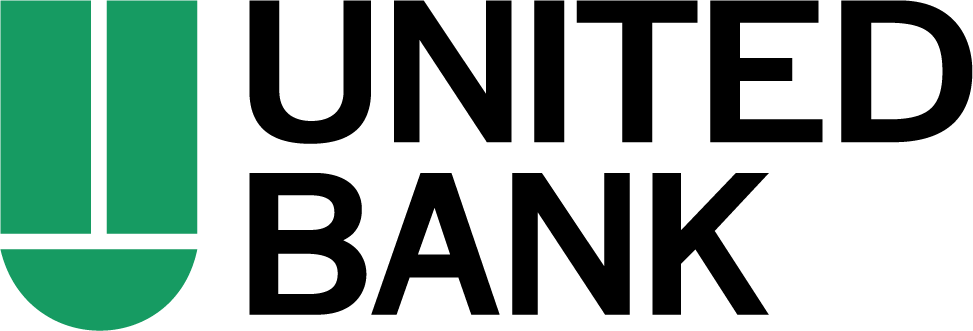Whether you’re just starting to think about saving for unpredicted circumstances, or exploring whether the money you’ve worked so hard to save could be paying off more, you’ll never regret the money you didn’t spend.
Most financial experts recommend building up savings equivalent to 3-6 months of your regular expenses (depending on your lifestyle). But with so many choices available in the personal finance space, it can be hard to navigate all the different account types available to find the one that’s right for you.
Here’s a closer look at two of the most common savings vehicles, money market and savings accounts:





